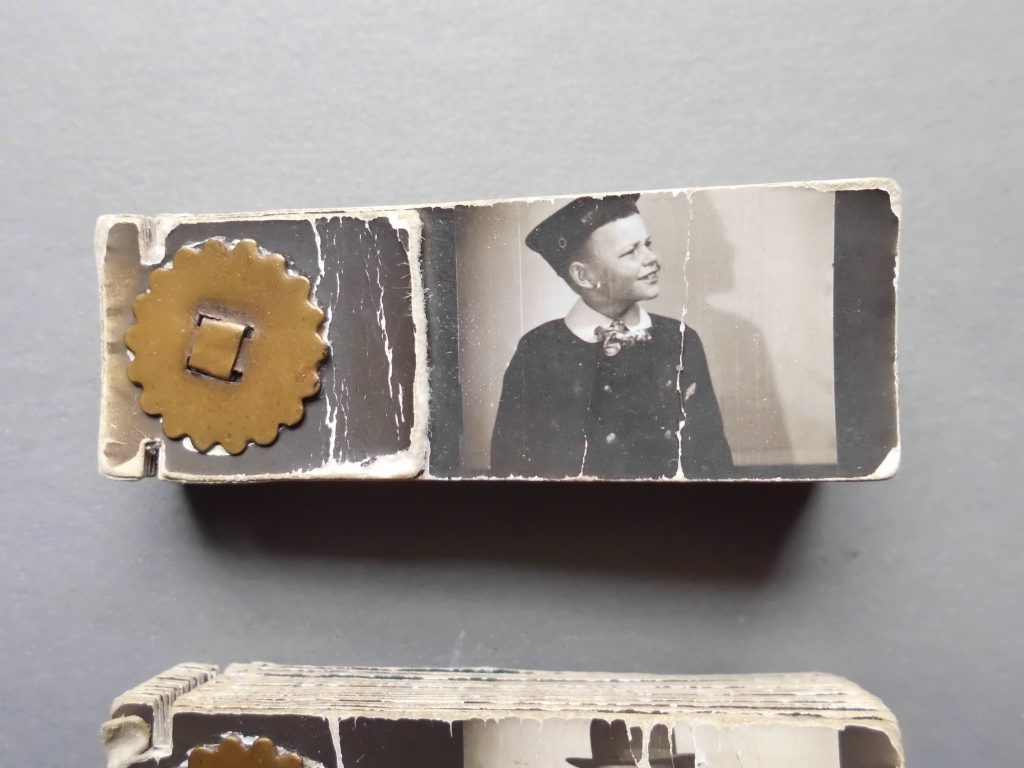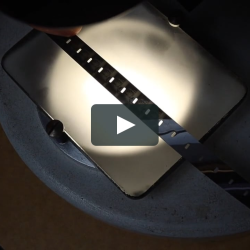
Abstract
This paper addresses the Kinora (1896-1914), an early motion picture technology designed for home use. Originally invented and patented by Auguste and Louis Lumière in 1896, the Kinora was an adapted version of the Mutoscope, which – similar to Edison’s Kinetoscope – functioned as an individual viewing machine. Like the Mutoscope, the Kinora viewer makes use of a flipbook mechanism in which a series of paper-based photographic cards are attached to a wheel. By turning the wheel and looking through the magnifying lens of the viewer, one could watch a series of photographs in motion. As such, the Kinora reminds us of the principles of nineteenth-century “pre-cinema” optical toys, like the Phenakistoscope and Zoetrope, the chronophotographic experiments by Muybridge, Marey, and Friese-Greene, as well as paper-based animated portrait photography systems, like the Biofix and Filoscope. In this paper, I aim to make these diachronic and synchronic intermedial connections visible while focusing on the interrelationships between the materiality, design and use of the Kinora as an early twentieth-century motion picture technology.
Reference
Van der Heijden, Tim (2022). “‘Live Forever in the Kinora’: Motion Photography in between Pre- and Early Cinema”. In: Ángel Quintana en Jordi Pons (eds.) Virtual Worlds in Early Cinema: Devices, Aesthetics and Audiences. Museu del Cinema and Universitat de Girona, Girona, pp. 67-77.
https://museudelcinema.girona.cat/eng/institut_seminari_cercador.php



